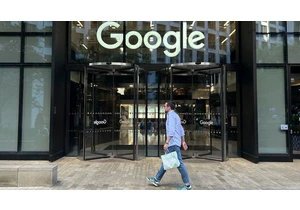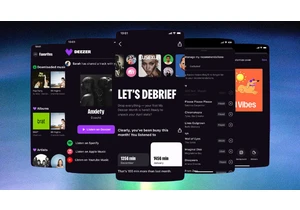Amazon has reportedly ended its controversial program through which workers tweeted nice things about the company on social media, closing the book on what cynics might call a case study in how to never market. The program was a PR solution launched back in 2018 as Amazon was facing increasing criticism for the work conditions in its fulfillment centers. The company was growing at dizzying speeds, adding tens of thousands of new warehouse workers per year (and still is!), but a number of news reports alleged that warehouses got too hot, that pay was too low, and, most infamously, that workers in some facilities were resorting to peeing into water bottles because they couldn’t access a bathroom in time. Now, insiders tell the Financial Times that Amazon quietly shuttered the program late last year because senior executives were “were unhappy with the scheme’s poor reach.” The report also says Amazon did its best to scrub away all traces of the online messages that, as originally envisioned by the Amazon boardroom anyway, were supposed to help improve the company’s public image. We’ve reached out to Amazon for comment about the program’s fate and we’ll update if we hear back. Unfortunately for Amazon, the program backfired almost from the start, getting immediately ridiculed by the press. A number of parody accounts ultimately materialized, pretending to be workers who’d gone rogue, tweeting about “father Bezos” and their love for “3 minute regulated breaks between shifts.” Meanwhile, the real-deal ambassadors had been handpicked by Amazon, some apparently from managerial positions, and leaked documents showed that they were taught to reply in a “blunt” yet “polite” manner to bad tweets. They were supposedly groomed to push a counternarrative—to, in Amazon’s words, leave “no lie unchallenged” by saying things like “No, that’s not right. I worked in an Amazon FC for over four years and never saw anyone urinate in a bottle.” Amazon’s idea was for this to look quasi-organic, essentially as if the employees were defending Amazon of their own free will, albeit from handles that all began with “@AmazonFC,” then a first name. As a result, Amazon never promoted their individual handles, though it did eventually confirm real employees were behind the accounts, and those employees claimed their new PR side gigs weren’t done for extra pay, but rather had become their regular work duties. Ferreting out these accounts briefly became a media pastime; investigative journalism outfit Bellingcat logged almost 60 active ambassador accounts in America and Europe in 2019. Amazon isn’t confirming if it played a role in removing them, but all these accounts have been either deactivated or suspended except for three. A quick look at these three ambassador accounts perhaps shows why Amazon elected to discontinue the program. This is a recent tweet by Ambassador No. 1:
Here’s that the person in April, while Amazon was courting controversy for its union-busting tactics:
As part of their ambassadorial duties, this person also at one point posted, “Finally back from my #Suspension! Nice try trolls :P,” and they carved out time to reply to a nude-butt thirst trap that was captioned, “In my prime, even amazon couldn’t fuck with my delivery.” The ambassador’s comment was: “looking good! did your package arrive on time?” Also, while Amazon was maybe frustrated with the program’s reach, it does appear the accounts attracted considerable engagement from one group in the public sphere: trolls. Here’s Ambassador No. 2, replying in earnest to a troll they perhaps didn’t realize was being a total ass:
And here’s a tweet from Ambassador No. 3. It’s one of six tweets currently posted by the account, and it publicizes that Amazon may have paid ambassadors in kind instead of with cash:
At one point in time, ambassadors’ Twitter accounts linked to a website where people could sign up to virtually tour Amazon fulfillment centers themselves. That seems to be the direction toward which the company has moved, promoting live walkthroughs of warehouses, which puts PR back squarely in Amazon’s own hands.
Melden Sie sich an, um einen Kommentar hinzuzufügen
Andere Beiträge in dieser Gruppe

Google will confront an

Instagram has begun testing AI-powered technology designed to proactively identify accounts it suspects belong to teens—even if the user has listed an adult birthdate—and place them under special

Behind the curtain of generative AI breakthroughs and GPU hype, a quieter transformation is taking place. Data center architecture and its prowess have become a fierce battleground as AI models ex

Amid the video podcast boom, Netflix is making its own move into the space.

If real Easter eggs aren’t your thing this weekend, you may find hunting for digital ones more enjoyable. And there are some cool ones to find at your fingertips, provided you have an iPhone or Ma

With music streaming, users have gotten used to being at the mercy of algorithms. But French music streamer Deezer is making it easier for its subscribers to make the algorithm work for them.

Trying to get from point A to point B? If only it were that simple! With any manner of travel these days, you’ve got options: planes, trains, buses, ferries, and beyond. And finding the best
